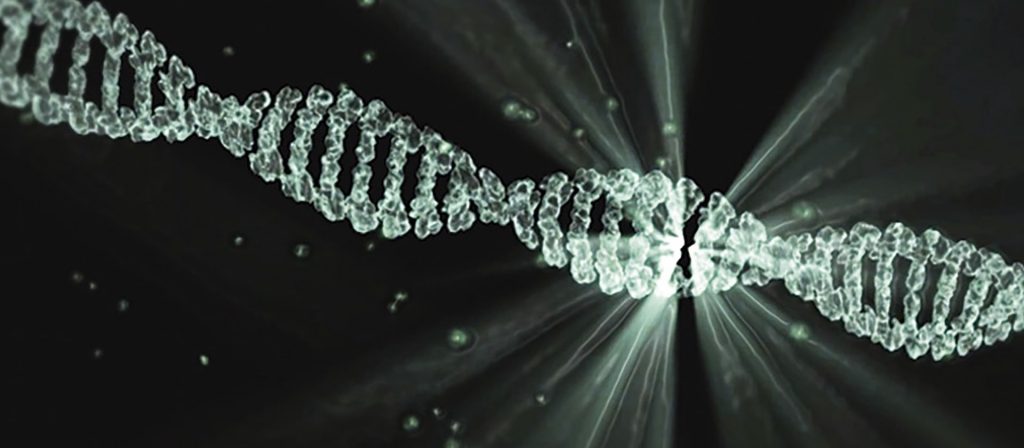
–By Jessica Drouet for FIU News
DNA damage—caused by environmental agents or the body’s normal processes—plays a critical role in the development of many major human diseases, with profound public health implications.
Marcus S. Cooke, professor at Robert Stempel College of Public Health & Social Work’s Department of Environmental Health Sciences, has been awarded $149,846 from the National Institute of Environmental Health Sciences to develop an automated device to support the assessment of DNA damage and repair. Facilitating such measures will help advance knowledge of the role of DNA damage in health and disease.
One way to understand DNA damage and repair is to use an innovative method that looks for damage in the cell, known as the comet assay. The name references the fact that damaged cells look like comets; they have a head and a tail – the more damage, the smaller the head and the bigger the tail. An assay is an investigative procedure in laboratory medicine.
“The comet assay is a valuable technique to assess DNA damage and repair. However, it is time-consuming and labor intensive. To date, there are no devices available to automate the comet assay,” Cooke said. “We have already made a number of innovations to the technique and this work continues that trend. Not only does this project represent a means by which we will bring numerous benefits to our understanding of cell damage, but also will produce a prototype device with commercial potential.”
Genomic instability, induced by DNA damage, and partly mitigated by DNA repair and antioxidants, plays a critical role in the pathogenesis of many major human diseases, such as neurodegeneration, cancer and cardiovascular disease, together with aging.
There is a critical need for automated assays that can perform these assessments, and bring them into greater routine use, which will help advance our understanding of disease and its environmental causes.
By combining expertise in automated liquid handling and medical device engineering, with innovations in the comet assay, Cooke and his team look to create a device that is simple, rapid, with increased throughput, and affords increased precision. The innovation behind this device is protected by two U.S. and one U.K. patents granted to Cooke in 2018 and 2019.
“Although we, and others, have described innovations that have increased sample throughput for the comet assay, it remains time-consuming (up to three days) and, for the most part, labor intensive, which can also introduce errors and variation,” continued Cooke. “Facilitating such measures will help advance our knowledge of the role of DNA damage in health and disease.”
Due to its relative simplicity, the comet assay continues to gain increasing popularity as a means of quantifying DNA damage/repair/antioxidant capacity. In addition to regulatory applications, the comet assay is used widely for human biomonitoring, assessing environmental and occupational exposures and understanding basic biological mechanisms.
For the project, Cooke is working with Shekhar Bhansali, Alcatel-Lucent professor and chair for the Department of Electrical and Computer Engineering; and Mahsa Karbaschi, Department of Human and Molecular Genetics. The device is being created in partnership with Chris Ross, president of Engineering Resources Group, Inc.
To learn how you can help accelerate research and discoveries at FIU, visit NextHorizon.FIU.edu.
Faculty
